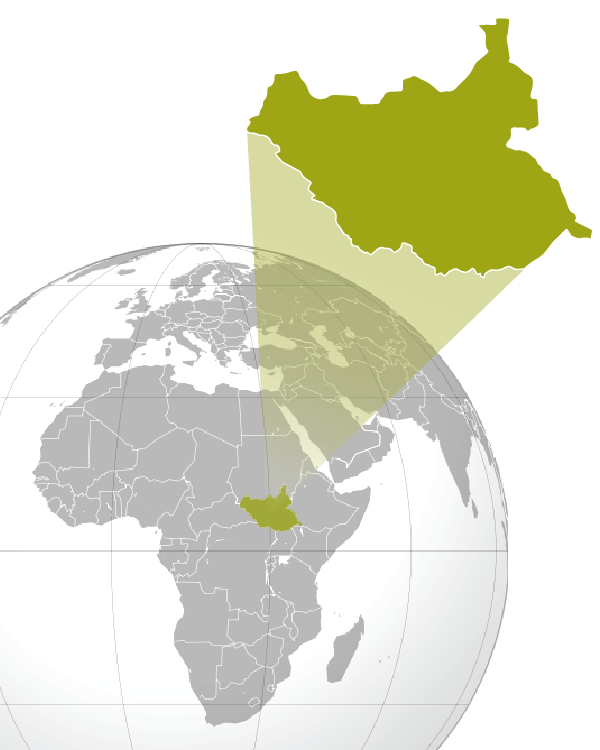Project Dates: September 2012 – December 2016
Background
The prolonged conflict in South Sudan has severely disrupted the health sector. South Sudan has a heavy disease burden with a maternal mortality ratio of 2,054 per 100,000 live births and an under-five mortality rate of 135/1,000. A 2010 assessment reported significant challenges in the pharmaceutical sector that resulted in chronic stock-outs of commodities at health facilities.
SIAPS started work in South Sudan in 2012 as a follow-on to the Strengthening Pharmaceutical Systems Program. USAID provided USD 11.2 million through SIAPS to South Sudan to support pharmaceutical system strengthening over a five-year period.
Project highlights
- Pharmaceutical sector governance: To create an enabling environment to regulate pharmaceuticals and related services, SIAPS collaborated with the Directorate of Pharmaceutical Services to establish the Drug and Food Control Authority (DFCA) and pharmaceutical technical working groups (PTWGs) that would support the quantification, procurement, and distribution of health commodities.
- Availability of information for decision making: SIAPS supported the MOH and PTWGs to set up a logistics management unit (LMU) that serves as a hub for pharmaceutical supply management data, and the Electronic Dispensing Tool (EDT) was installed at the Juba Teaching Hospital Antiretroviral Treatment Center.
- Storage and availability of essential medicines: SIAPS worked with stakeholders to revise essential medicines kits; make them more responsive to health facility needs; and improve quantification, procurement, and distribution.
- Human resource capacity: In response to the immediate need for skilled technical personnel to carry out pharmaceutical management tasks, SIAPS developed a standard training curriculum.
- Malaria control interventions: SIAPS supported the National Malaria Control Program (NMCP) to scale-up of malaria control interventions and enhance achievement of treatment outcomes. To mobilize additional resources, the NMCP was supported to apply for Global Fund grants under the new funding model.
Results
- The DFCA has improved its control and regulation of the manufacturing, supply, marketing, distribution, and use of medicines and other products.
- The PTWG stakeholders discuss pharmaceutical procurements and distributions and agree on unified mechanisms that prevent duplication of efforts and wastage of commodities.
- Since the establishment of the LMU, all facilities in the country use standardized reporting tools. These tools and systems provide the LMU with monthly stock status reports on essential medicines. The number of facilities reporting monthly stock status of essential medicines in supported states increased from 0% in 2013 to more than 70% in March 2016.
- Through training and continuous mentoring, 9 of 16 counties in the supported states were empowered to order commodities based on consumption data.
- The dejunking of storage facilities, the provision of storage shelves, and the availability of guidelines and training on inventory management and good storage practices were key factors in improving storage conditions. By the end of 2014, facilities and county medical stores in 8 of the 10 former states of South Sudan had improved their storage conditions.
- The malaria program was able to produce required documents that enabled it to win a Global Fund grant of more than USD 97.6 million.
Project Legacy
With support from USAID and SIAPS, South Sudan has made significant achievements in addressing the challenges identified in the 2010 pharmaceutical sector assessment. The country has improved its storage facilities, increased space for pharmaceuticals, and established a drug regulatory authority.
The availability of human and financial resources remains a major challenge and is further complicated by the security situation in the country. The MOH will continue to require technical, leadership, and capacity support to sustain and go beyond the achievements of SIAPS.


